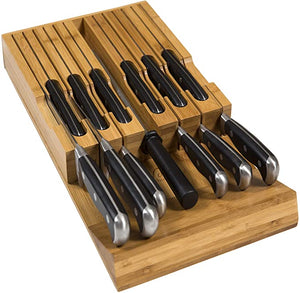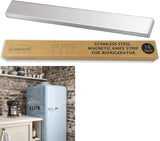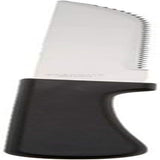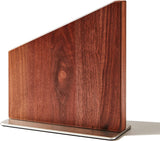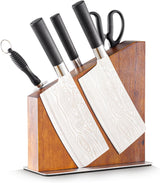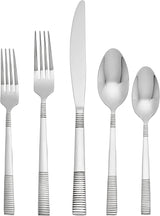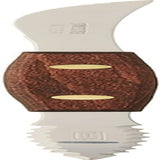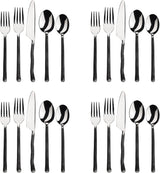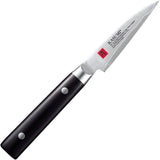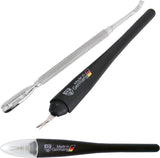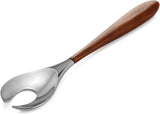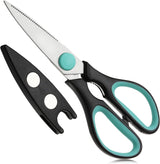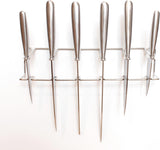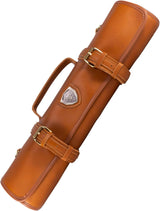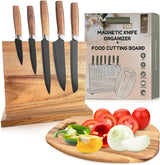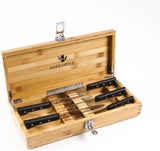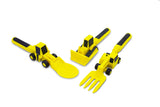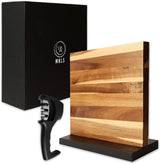Have you ever been caught in a situation where you were away from an electrical outlet and still needed to use your trusty electric fillet knife? For many kitchen professionals, anglers, and home chefs, the ability to make your tools portable can be a game-changer. Thats where converting a 110-volt electric fillet knife into a battery-operated model comes in handy.
This guide dives deep into the step-by-step mechanics, tools, and considerations for converting your knife. Whether youre a kitchen professional or an enthusiast headed for an outdoor adventure, this article will help you master how to convert a 110 volt electric fillet knife to battery operated.

Why Convert to a Battery-Operated Model?
Before diving into the conversion process, its essential to understand why converting your fillet knife is worth the effort:
- Portability: A battery-operated knife doesnt rely on power outlets, making it ideal for outdoor use or on-the-go situations, like fishing trips or backyard cooking.
- Convenience: No more tangled wires or limitations due to cord length.
- Eco-friendliness: With rechargeable batteries, you can reduce disposable energy waste.
For kitchen professionals who want versatile tools, this conversion can be a valuable skill to have.
Tools Youll Need for the Conversion
Converting a 110-volt electric fillet knife into a battery-operated model might sound daunting, but you can accomplish this with the right tools. Heres a checklist:
- A standard 12V rechargeable battery pack (Li-ion batteries work great)
- Voltage converter or inverter (to match the original 110-volt rating)
- Soldering kit and heat shrink tubing
- Wire stripper
- Phillips and flathead screwdrivers
- Multimeter to test electrical currents
If youre unfamiliar with these tools, blogs like types of kitchen knives and accessories also cover the basics, ensuring youre set to go.
Step-by-Step Guide to Conversion
Step 1: Assess Your Knife
Start by thoroughly inspecting your 110-volt electric fillet knife. Understand its power consumption (often listed on the label). Most knives run on AC power, so converting to DC (battery power) requires a compatible voltage setup.
Step 2: Open the Knife Housing
Carefully open the knifes housing using a screwdriver. Be patient during this step, as mishandling components can damage the knifes internal parts. Use a multimeter to identify where wiring connects to the motor.
Step 3: Connect the Voltage Converter
Here lies the crucial step: connect the 12V battery to a voltage converter. The converter steps up the voltage to match the knifes original 110V input. Securely solder the wires, covering them with heat shrink tubing to avoid accidental short circuits.
Step 4: Test the Connection
Before entirely reassembling, test the knife with the battery attached. Use the multimeter to confirm proper voltage flow. If it runs smoothly, youre on the right track!
Step 5: Final Assembly
Once the connections are set and tested, screw in the knife housing securely. Ensure no wires are exposed, and all components fit snugly within the shell.
Safety Tips for DIY Conversion
- Always wear safety goggles when soldering or working with electricity.
- Double-check the voltage compatibility between the knife, battery, and converter.
- Keep your work area well-lit and free from distractions.
- Consult a professional if youre unsure about specific steps.
For additional insights into knife handling, explore this guide on fillet knives and their maintenance.
Benefits of a Battery-Operated Fillet Knife
Once converted, youll enjoy many advantages:
- Efficiency: The knifes performance remains as power-packed as before.
- Versatility: Use it in the kitchen, outdoors, or anywhere without limitations.
- Cost-effective: A DIY conversion is often more affordable than buying a new battery-operated knife.

FAQs
1. Can I convert any electric knife to battery-operated?
Not all knives are suitable for conversion. Check your knifes motor and internal components before starting.
2. Is soldering mandatory for the conversion?
Yes, soldering ensures secure electrical connections. Alternatively, consult a professional if you lack soldering skills.
3. How long will the battery last?
Battery life depends on its capacity and the motors power consumption. A 12V rechargeable battery typically lasts several hours of intermittent use.
For more professional tips and articles on optimizing kitchen gear, check out this informative guide.
With these steps and tools at your disposal, youll have a perfectly functioning battery-operated fillet knife. Whether youre a culinary expert or a fishing enthusiast, this convenient upgrade will make all the difference!
This article contains affiliate links. We may earn a commission at no extra cost to you.
